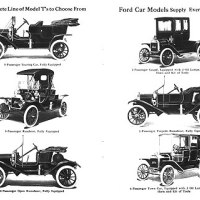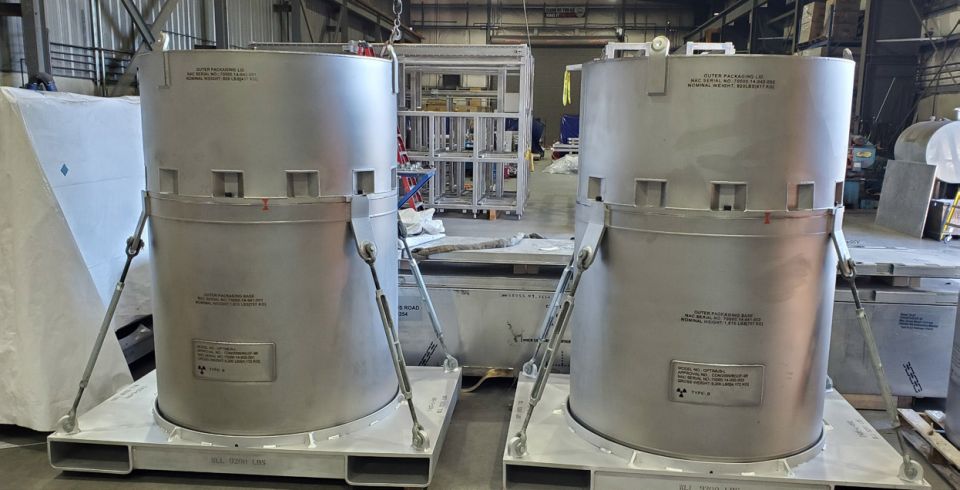Small Nuclear Dow? Wall Street primer on SMR financing
Infocast held a gabfest for small nuclear proponents last week, promising an opportunity for small modular reactor (SMR) vendors and suppliers to understand how the future of their industry would be shaped by banks and venture capital firms. It's high time that the SMR bandwagon includes the financiers who'll really drive the business.
I wasn't at the gabfest, but I really wanted to be. After all, I'm in the same boat as the SMRs: I'm starting my own business and advising other startups, and I wanted to learn what big finance and venture capital had to tell me that the policy wonks and promoters weren't telling me. Fate intervened, however, and I had to rely on the kindness of colleagues and friends to update me on the conversations there.
Here is the lukewarm glass of water that the financial industry (in the form of a lone Goldman Sachs representative and several venture capital firms) threw in the face of the industry:
- To paraphrase Ben Franklin, hang together, or most assuredly you will all hang separately.

Mr. Franklin
Without cooperation between vendors, component manufacturers, and constructors, the Holy Grail of SMR-Nuclear Regulatory Commission licensing-remains a pipe dream. Without licensing, Wall Street's reception of requests for funding will be cold, if not icy. Without major funding, there is no industry.
STARK ECONOMIC REALITY - Traditional models just don't' work
U.S. SMR vendors appear to rely too much on traditional models for selling their nuclear product. For the traditional purchaser-a utility-the fees and insurance costs get passed through to the ratepayer. As long as these types of operating expenses are prudent and shared equitably across rate-paying regions and types of ratepayers, the actual amounts aren't too important. The drawback is that there are few traditional utilities in the market for nuclear power, especially now, when natural gas is cheap.
In a deregulated marketplace-like Maryland-the last few years have been extraordinarily tough on this model. The situation argues the case for a consortium to manage the financial and generic issues that will arise to facilitate project financing as the next phase of SMR development. Unless the number of utilities interested in nuclear power dramatically increase, generators/developers will not take all the risk on the project, and state regulators will not approve the "pass-through" of plant costs to the ratepayer. The round of late-term legislation shows that utilities, vendors, and constructors must be in a position to take equity in a project.
USE PROJECT FINANCING
Long- term financial success for the industry depends on project finance, which is the common finance model for the industrial world. In a project financing, the deal is structured so that all the main players take profit from the revenue of the project. Unlike the traditional utility that lets the vendor off the hook once the cost-plus contracts are signed, in a project finance model the vendor must be willing to invest in every sale it makes. One option is to be able to invest funds in the project and own equity in every SMR that is built. Wall Street likes this option, because it spreads the risk.

The money tree
The new nuclear economy-fueled by Wall Street-wants the vendor to be a cost partner in the entire project. This kind of enhanced participation will be vital to the success of any SMR technology. It's not fancy, nor is it hard. Participants in this new economy must follow a financing and production model that's as old as the Model T.
WHAT WOULD HENRY FORD DO?
At the end of the day, the success of the SMR industry must hinge on its adoption of an organization. It must be a for-profit, industrialized model that Wall Street understands. Say, like Henry Ford's.

Ford
Ford knew that his car's success depended on the entire industrial process. He built a consortium that included companies with raw materials, parts and body production, assembly, production, and sales. It's a model that continues to work today. In investment banking, it's called a roll-up. Wall Street understands a roll-up. The industry needs a roll-up.
WHY CAN'T WE ALL JUST GET ALONG?
The industry's success under this model depends utterly on the willingness of SMR developers to work together to resolve common design, financing, and political issues. SMRs have the relatively short fabrication times and the flexibility to switch between customers that mimic the flexibility of combined cycle natural gas (CCNG) plants.

Ford's Model T
If the SMR industry cooperates in building a financial model that mimics the wrapped-warranty, project-finance package used for CCNGs, SMRs have the potential to capture that market. In a project financing model, total operational fee costs for such things as NRC fees, the Price-Anderson Act, and other insurance type costs are important because all the participates derive their profit from the revenue of the project.
The ultimate success of the industry depends on its willingness to work with other SMR developers to develop a viable project finance vehicle. Discussions with industrial leaders and Wall Street financiers tell us that this cooperation has been essential to the long-term viability of conventional reactor and Gen-III+ technology. A consortium of developers is an ideal mechanism to create the favorable business climate needed for a healthy SMR future.

Cerafici
Tamar Cerafici is the owner of The Cerafici Law Firm, which advises clients who are building the next generation of nuclear plants. Her practice focuses on project finance, environment, and policy matters. She is a contributor to the ANS Nuclear Cafe.




